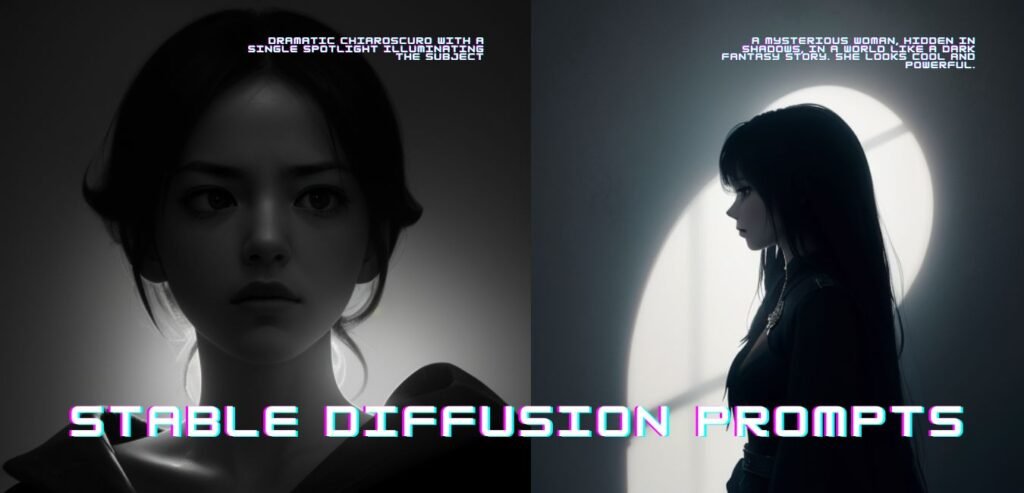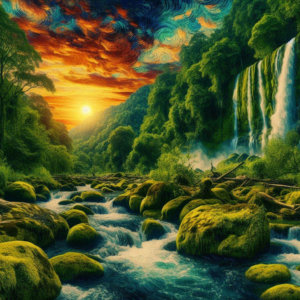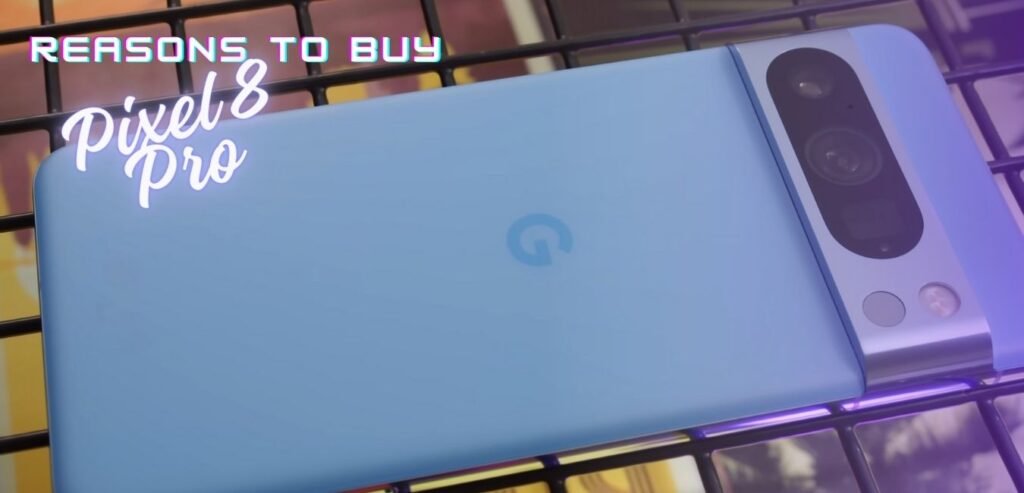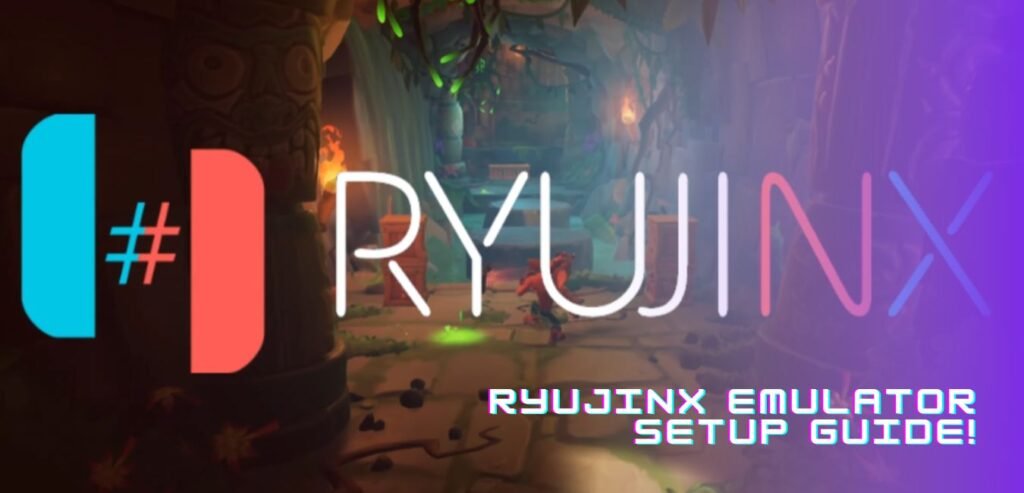Ready to transform your imagination into stunning visuals? Then buckle up, aspiring artists and creative minds, because this guide will unlock the secrets of crafting powerful prompts for Stable Diffusion! Whether you’re a seasoned AI art enthusiast searching for the latest tips or just starting your journey with “How to write prompts on Stable Diffusion,” this comprehensive guide has you covered.
Ditch the frustration of generic results and say goodbye to confusing tutorials. We’ll delve deep into the art of crafting clear, concise, and effective prompts that harness the full potential of Stable Diffusion.
In Stable Diffusion, the journey to creating exceptional prompts is an art form in itself. Everyone wants to write stable diffusion prompts in order to create beautiful AI images. In this article, we will go through how to write stable diffusion prompts for beautiful AI creations.
How To Make a Good Stable Diffusion Art?

Keywords serve as the building blocks of a compelling prompt, guiding Stable Diffusion in what to create and how to create. Each keyword category offers a pathway for stable diffusion to understand your imagination. Let’s dissect these categories:
Elements of a stable diffusion prompt:
1. Subject: The Heart of Your Vision
This is the core of your artwork, the star of the show. Be specific! Instead of just saying “a landscape,” paint a picture with words: “A majestic waterfall cascading down moss-covered rocks, surrounded by lush rainforest under a vibrant sunset.”

2. Medium: Choose Your Artistic Brush
Define the aesthetic you envision. Do you see a classic oil painting? A vibrant watercolor? A whimsical pixel art creation? Each medium evokes a distinct mood and texture. For example, “a portrait in the style of Van Gogh” or “a pixel art scene reminiscent of classic RPGs.”

3. Style: Infuse Flavor
Think beyond just the medium and add a layer of artistic flair. “Surrealism with melting clocks,” “impressionistic dreamlike landscape,” or “hyperrealistic close-up of a flower” can breathe life into your vision.

4. Resolution: Size Matters
Think about the level of detail you desire. Lower resolutions (e.g., 256×256) are great for quick ideas, while higher resolutions (e.g., 512×512 or larger) allow for intricate details and sharper focus.

5. Additional Details: Paint Your Narrative
This is where you bring your story to life. Include specific elements, actions, and emotions. Instead of just saying “a cat,” try “a playful ginger cat chasing butterflies in a sunlit meadow.”

6. Color: Set the Mood
Colors evoke powerful emotions and set the tone of your artwork. Describe the color palette you have in mind, whether it’s “a vibrant rainbow exploding across the sky” or “a monochromatic cityscape bathed in moonlight.”

7. Lighting: Illuminate Your Vision
How do you want your scene lit? “Golden hour sunlight streaming through the trees” or “dramatic chiaroscuro with a single spotlight illuminating the subject” can create distinct atmospheres.

Remember: Experimentation is key! Don’t be afraid to iterate, refine your prompts, and explore different combinations. With practice and these guiding principles, you’ll be well on your way to creating stunning, unique art with Stable Diffusion!
Write Good Stable Diffusion Prompts: A Step-by-Step Guide
Imagine you can paint stunning pictures with words. That’s the power of Stable Diffusion! But hey, just like using the right brush and color shade is key, with stable diffusion choosing the right words is key. We will go through an example of a cat to demonstrate what we mean when we say that choice of words matter for making good artworks in stable diffusion.
Define Proper Subject
Let’s say you want a picture of a “woman.” That’s a bit too general for Stable Diffusion to understand.

After: Instead, try describing her in detail! Like this: “A woman, dressed in knitted sweater and winter clothes, holding coffee in her hands. Behind her is a beautiful mountain.”

See, like we said, words have magic! But we can do better. Let’s continue to make good stable diffusion prompts even better!
Medium are important too for prompts
Medium matters too! It can change the whole look of your picture.
Same “woman,” but now imagine saying: “A woman, wearing princess crown, with disney like details and a touch of fantasy.”

Style is like a costume!
It can make your picture mysterious, cute, or anything you want.
Just the “woman” again, but this time: “A mysterious woman, hidden in shadows, in a world like a dark fantasy story. She looks cool and powerful.”

Don’t forget the little things!
They make your picture come alive.
Our “woman” one more time: “A cute woman from back view, looking at the mountains, dressed in knitted sweater and winter clothes. sunset.”

Colors set the mood!
Colors and light are like music!
They set the mood for your picture.
Back to the “woman”. This time, “A beautiful woman, glowing with light. In front of a castle at night, and her shadow looks mysterious.”

See the difference? With a few more words, you can create amazing art! So keep describing, and have fun!
Advanced Tips for Writing Stable Diffusion Prompts
Tweak Stable Diffusion Settings:

While a good prompt is the foundation, mastering these settings can turn your Stable Diffusion creations into masterpieces!
1. CFG:
Imagine CFG as a dial controlling how closely Stable Diffusion follows your prompt. Here’s how it works:
- Increase CFG (higher numbers): Like a strict art teacher, Stable Diffusion adheres closely to your prompt, even if it means sacrificing some creativity. This can be useful for very specific details, like “a red dragon with green flames.” But be careful, too high can make the image rigid and unnatural.
- Decrease CFG (lower numbers): Give Stable Diffusion more artistic freedom, like a playful student. The image might stray from your exact words but might surprise you with unexpected beauty and originality. Try this for abstract concepts or when you want a unique interpretation.
2. Sampling Method:
Think of the sampling method as the artist’s brush, each with its own style:
- Euler_a: A versatile brush, good for both realistic and stylized images. Often a good starting point.
- k_LMS: Known for its smooth and detailed outputs, perfect for capturing intricate textures and subtle lighting.
- PLMS: Creates dreamlike, surreal images, ideal for abstract concepts and artistic exploration.
Experiment with these and discover which brushstroke aligns with your vision!
3. Sampling Steps:
Sampling steps control the number of refinements Stable Diffusion makes before showing you the final image. Imagine it as the artist taking multiple passes at their canvas:
- Increase Steps (higher numbers): More brushstrokes can lead to sharper details, smoother textures, and overall higher quality. However, it also takes longer and requires more computing power.
- Decrease Steps (lower numbers): Fewer brushstrokes can result in a looser, more painterly style. This can be quicker and might be suitable for rough drafts or capturing a specific artistic vibe.
Remember, the best settings depend on your desired outcome. Start with moderate values and experiment to find your perfect balance of detail, speed, and artistic flair!
Bonus Tip: Combine these settings! For example, use a high CFG for precise details and a low CFG for background elements. Increase steps for intricate features and decrease them for a painterly style. With practice, you’ll become a Stable Diffusion master, crafting art that reflects your unique vision!
Iterative Refinements:
Approach prompt creation as an iterative journey, gradually refining and expanding your repertoire. Embrace experimentation to unearth hidden possibilities:
Begin with a simple prompt, then iteratively enrich it with additional keywords.
Evaluate the impact of each addition, iteratively fine-tuning for optimal results.
Using Negative Prompts:
Negative prompts wield potent influence, steering the image away from undesired outcomes. Explore the strategic deployment of negative prompts:
Incorporate a universal negative prompt to refine image generation, mitigating undesired artifacts.
Iteratively refine negative prompts to tailor image outcomes with precision.
Example of Negative Prompts for SD: Grainy, Bad art, Bad Hands, Draft, Ugly, Weird Looking Hands, Blurry, Distorted face, Amateur, Beginner, Overexposed, Underexposed, Low brightness, Ugly Hands, Bad anatomy, Deformed, Disfigured, Extra limbs, Extra Fingers, Tiling, Ugly Face
Keyword Manipulation for Fine-Tuning Expression
Master the art of keyword manipulation to sculpt images with finesse and nuance:
Adjust keyword weights to modulate their influence, achieving desired emphasis and balance.
Explore advanced syntaxes such as () and [] to finely calibrate keyword strength, orchestrating seamless blending and contrast. For example:
You can stack them which multiplies their effects.
For parentheses:
- Each set multiplies the keyword by 1.3, 1.11, and 1.23, respectively.
For brackets:
- Each set reduces the keyword for example, 0.8, 0.85, and 0.38, respectively.
Unlocking Prompt-to-Prompt Magic
Unleash the power of prompt-to-prompt techniques to generate nuanced variations and paired imagery:
Employ keyword blending to seamlessly transition between concepts, crafting cohesive visual narratives.
Experiment with blending faces and features to create bespoke characterizations and personas.
Rounding Up: Imagination and Wording are the keys to beautiful AI art with Stable Diffusion
In the realm of Stable Diffusion, the journey to mastery is as boundless as the creative imagination. Armed with newfound insights and techniques, embark on your odyssey of prompt creation. From the meticulous selection of keywords to the artful orchestration of style and tone, let each prompt be a testament to your ingenuity and vision. Dare to dream, dare to create, and watch as your visions spring to life in pixelated splendor. To write a good Stable Diffusion prompt for beautiful images, keep in mind the following:
- Be as specific about the subject and details as you can.
- Name specific art styles (Mediums) (If you want art style akin to a famous artist, name the artist too)
- Weight Your Keywords
Unlock the potential of prompt creation, and illuminate the digital canvas with your boundless creativity. Remember, Imagination and Wording are the keys to beautiful AI art with Stable Diffusion






